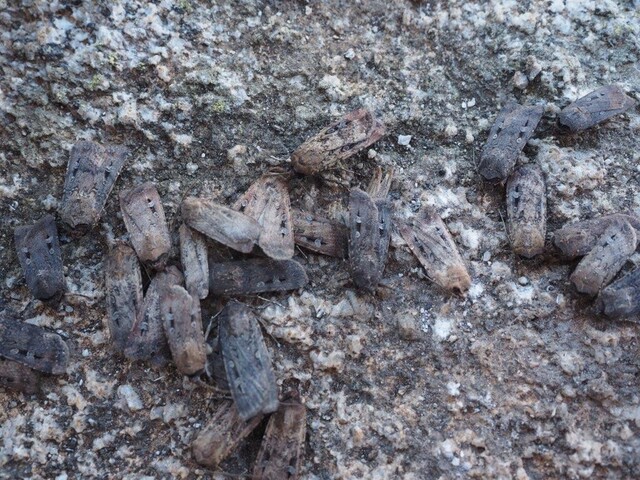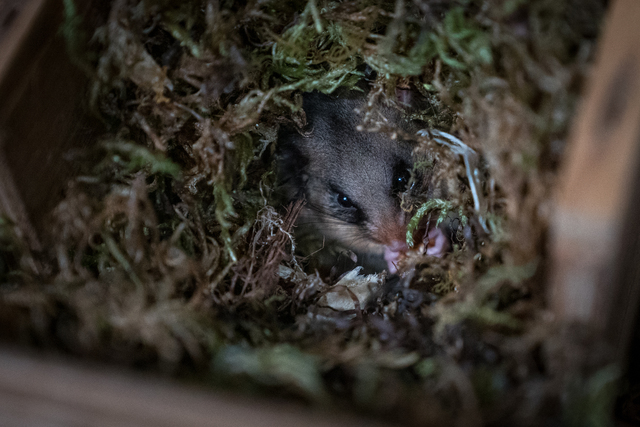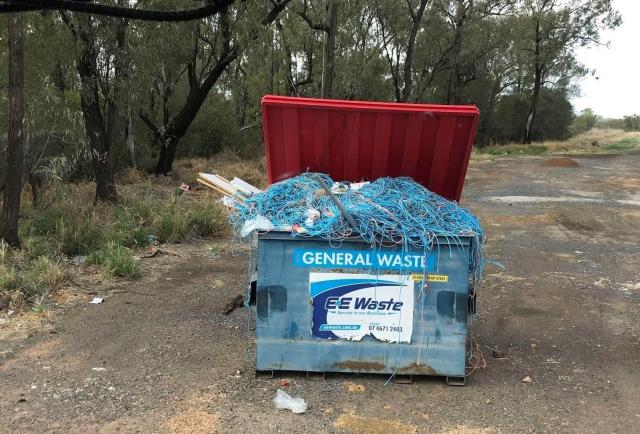Outer East residents are being encouraged to take part in some citizen science as a special species migrates over the region this spring and summer.
Locals are urged to keep an eye out for endangered Bogong moths on their way to the alpine regions of Australia and report any potential sightings to Zoos Victoria’s Moth Tracker.
Senior Conservation Biologist Dr Marissa Parrott said Bogong moths are currently migrating to the Australian Alpine regions and will be passing through the Yarra Ranges over the coming months.
“Yarra Ranges locals don’t need to go far to spot these moths, we’ve received past sightings from people’s gardens, in parks, and from the grounds at Healesville Sanctuary,” she said.
“The Bogong Moth is intrinsically linked to the Critically Endangered Mountain-pygmy possum, for which Healesville Sanctuary runs a conservation breeding program,”
“If these possums are to survive, we need to ensure the Bogong Moths are thriving too.”
Moth Tracker received a record-breaking 1,956 sightings from every state and territory in Australia in 2024, with more than half of those verified by species experts as Bogong moths.
Dr Parrott said Bogong Moths once numbered in the billions – they even made global headlines visiting the 2000 Sydney Olympics – but their population collapsed by an estimated 99.5 per cent in 2017-2019, likely due to severe drought.
“The moths begin their migration just as the Mountain Pygmy-possums are waking up from their annual hibernation under the snow, the possums rely on the moths as a protein-rich meal during spring when they’re busy raising litters of up to four young,”
“If you think you’ve seen a Bogong Moth, even if you are uncertain, take a photo and upload it to the Moth Tracker website, and our team at Zoos Victoria will verify it for you,”
“You don’t have to travel to see them, if you’re on the lookout, they may appear around your home or garden, on the street or in the bush.”
Sightings help scientists to continue to better understand the moth’s migration patterns, such as when and where they are flying, as well as observe their population trends, which will help guide actions like supplementary feeding if Mountain Pygmy-possums look likely to go hungry.
Bogong moths are only around three centimetres long with brown-grey wings and have distinctive markings: a dark band that runs vertically along each wing intersected by two grey splotches; the lowest splotch is shaped like a kidney.
The moths may appear individually but are known to congregate in large swarms when conditions are good.
Moths can get drawn away from their migration by bright lights, so conservationists urge locals to turn off unnecessary outdoor lights to help them on their migration and if they find their way inside, you can gently pop them outside to fly away at nightfall.
For more information on Moth Tracker, check out the website: zoo.org.au/moth-tracker.








